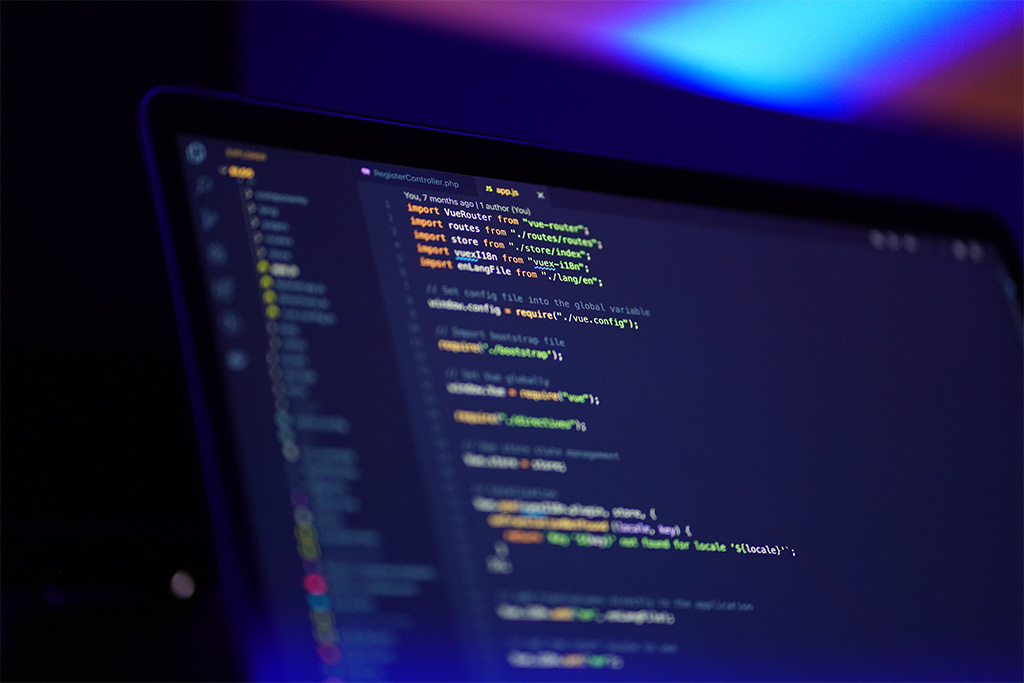
The dreaded WordPress Admin Blank Page is when you try to log into the WordPress admin dashboard and all you see is a blank white page instead of the usual login form. If you are also facing WordPress admin blank page after login, continue reading.
This is a not a common problem and can really throw you off because where this happens, there’s little clue about what’s causing this. It can be caused by one or more of these though one is enough:
- Theme or Plugin Conflict — most likely
- WordPress Core Files Corrupted or Missing due to failed migration and / or upgrade
- Server or Site Configuration caused by hosting or site-owner’s mistake
- WordPress Site is Infected
Warning: before you attempt a fix, it is important to understand the process and the consequences.
Most guides mention trying to rename the plugins folder. However if your theme has any dependencies on any specific plugin(s), this will make matters worse. Not only will it throw you into a plethora of issues, it would affect the WordPress database and configuration possibly killing your sidebar widgets, invalidating the serialized data in the database etc. and a lot of reconfiguration may be required.
The idea is to first find the cause of the issue. And that’s where we’ll start.
Table of Contents
Identifying the Issue Behind the WordPress wp-admin Blank Page
The first step is to identify what’s happening. By default, WordPress doesn’t output any errors etc. on the screen so there’s no clue about the error at all. However, with a minor adjustment in the WordPress configuration, you will be able to find the exact error and details of what’s causing it.
1. Identifying plugin / theme Conflict Causing the WordPress wp-admin Blank Page
All you have to do is enable WP_DEBUG. If you’ve followed the instructions in this linked article, just reload the wp-admin page and you will be able to find the error logged in the file /wp-content/debug.log If the error mentions any specific plugin or function inside the plugin, all you need to do is use an FTP client to delete the concerned plugin.
Once you have deleted the plugin, it’s time to reload the wp-admin page and attempt login. If it still doesn’t work, just check the /wp-content/debug.log file to see the new error. Rinse and repeat.
Warning: If the error is related to the theme, you don’t want to switch the theme else you may end up losing the sidebar widgets.
In case of a theme issue the error will mention the exact file and the line number of the code that is causing the issue. If you are technically savvy, you can use your coding skills to fix the respective code in the specific theme-file else it’s best to let your developer handle this one.
2. Fixing Corrupted or Missing WordPress Core Files
In order to fix corrupted or missing WordPress core files, you’ll need to determine the version of WordPress that your site is running on. Since you are not able to log into WordPress wp-admin, you’ll need to find out the WordPress version from this file wp-includes/version.php. If you open that file over FTP, it will show the WordPress version mentioned like this: $wp_version = '5.8.3';.
If you feel at home with WP CLI then you can quickly reinstall WordPress using WP CLI.
Once you know the version of WordPress installed, all you need to do is modify this url https://downloads.wordpress.org/release/wordpress-<version>-no-content.zip to fill your WordPress version (replace <version> with the version of your WordPress install) like if your WordPress version is 5.8.3, then the url becomes https://downloads.wordpress.org/release/wordpress-5.8.3-no-content.zip. Visit this url to download WordPress and extract it to your computer. In theextracted folder you’ll find wp-admin and wp-includes folders. Use your FTP client to upload these folders to your WordPress install overwriting the older ones. If your FTP clients complains about existing files and gives you an option to skip, chose to skip thereby making the upload faster. This way it will only upload the missing files.
Time to reload wp-admin login screen and verify if the issue is resolved.
3. Checking for Server or Site Configuration Errors
If you have already enabled WP_DEBUG, then you should be able to find any configuration issues listed in the debug.log. However if there’s an error in the .htaccess file, you’ll want to rename it to something else and try reloading the wp-admin url. Once you are logged in, this file can easily be generated by navigating to the permalinks screen https://your-site.com/wp-admin/options-permalink.php. You won’t even have to click on save; WordPress automatically handles the generation of this file.
4. Checking to see if your Site is Infected
It can be tricky to scan the website with a malware infection scanner plugin if you do not have access to the wp-admin dashboard. However you can use a hosting installed server-side scanner like ClamAV. Or you can fallback to a front-end scanner like Malcure Webscan.
Summary – Fixing WordPress Admin Blank Page
WordPress white screen can be tricky to debug and fix. With the steps outlined above, there are good chances that you will be able to figure out the issue and fix it. The reason why you see a white-screen instead of errors is because of the way http 500 internal server errors are uncaught by WordPress (at least in the older versions). And in other cases, the errors are not displayed on the screen. The key to identify the issue is by logging the errors, interpreting the errors and then taking specific corrective steps to resolve the issue instead of creating chaos by disabling plugins en masse or switching the active theme and losing all widgets etc.